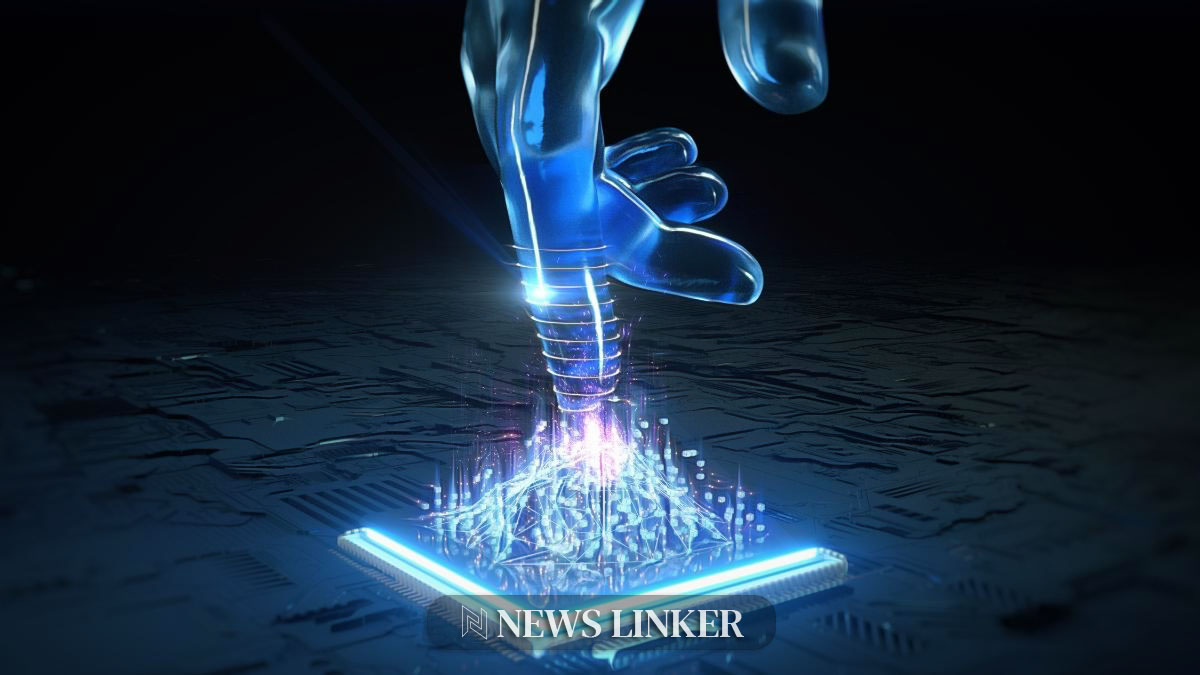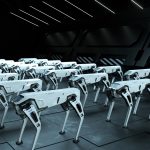The European Organization for Nuclear Research (CERN) recently introduced the CERNquadbot, a quadrupedal robot designed to navigate and inspect radiation-heavy areas within its facilities. Unlike traditional robots that CERN uses, which are often hindered by clutter and wires on the ground, the CERNquadbot excels in such environments. The robot has completed its inaugural radiation protection evaluation, showcasing its ability to maintain stability in challenging terrains that are typically inaccessible to wheeled robots and problematic for human workers.
Exploring CERNquadbot’s Capabilities
CERN’s existing robotic fleet, which includes the CERNbotSPS, Train Inspection Monorail (TIM), and CRANEbot, are adept at handling heavy loads and can perform various tasks, but struggle in cluttered zones. The CERNquadbot, on the other hand, can effortlessly penetrate these obstructed spaces and provide detailed information about locations that other robots, like the TIM, cannot access due to their size and design constraints.
Chris McGreavy, a robotics engineer at CERN, highlighted the successful proof-of-concept survey conducted in partnership with the Radiation Protection group, where the CERNquadbot’s stability was evident, indicating its potential for future operations within CERN’s complex infrastructure.
Sci-Fi Series Echoes in Reality
The CERNquadbot bears a striking resemblance to the fictional robotic dogs featured in “Metalhead,” an episode from the fourth season of the dystopian series “Black Mirror.” These robotic canines were depicted as aggressive and lethal, a stark contrast to CERNquadbot’s designed purpose of enhancing safety and operational efficiency.
CERN assures that, despite the similarities in appearance, the CERNquadbot is solely focused on conducting inspections and is not equipped for any malevolent activities as seen in the television series.
The introduction of the CERNquadbot at CERN serves as a testament to robotic innovation in high-risk and complex research environments, potentially transforming how inspections and operations are carried out in the nuclear research domain.










